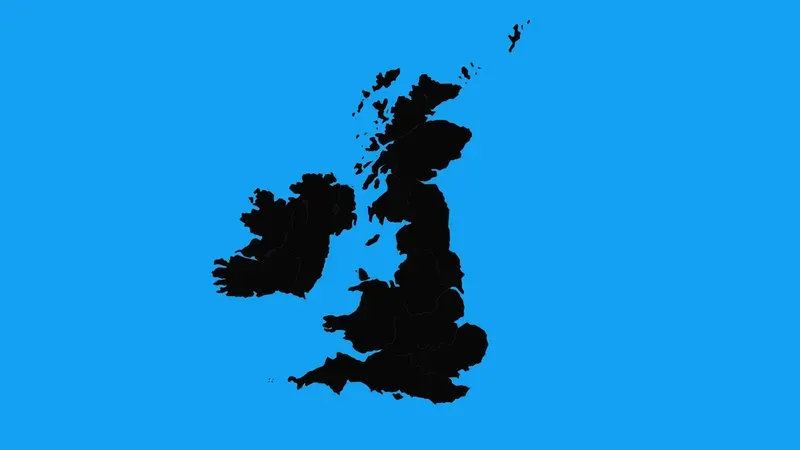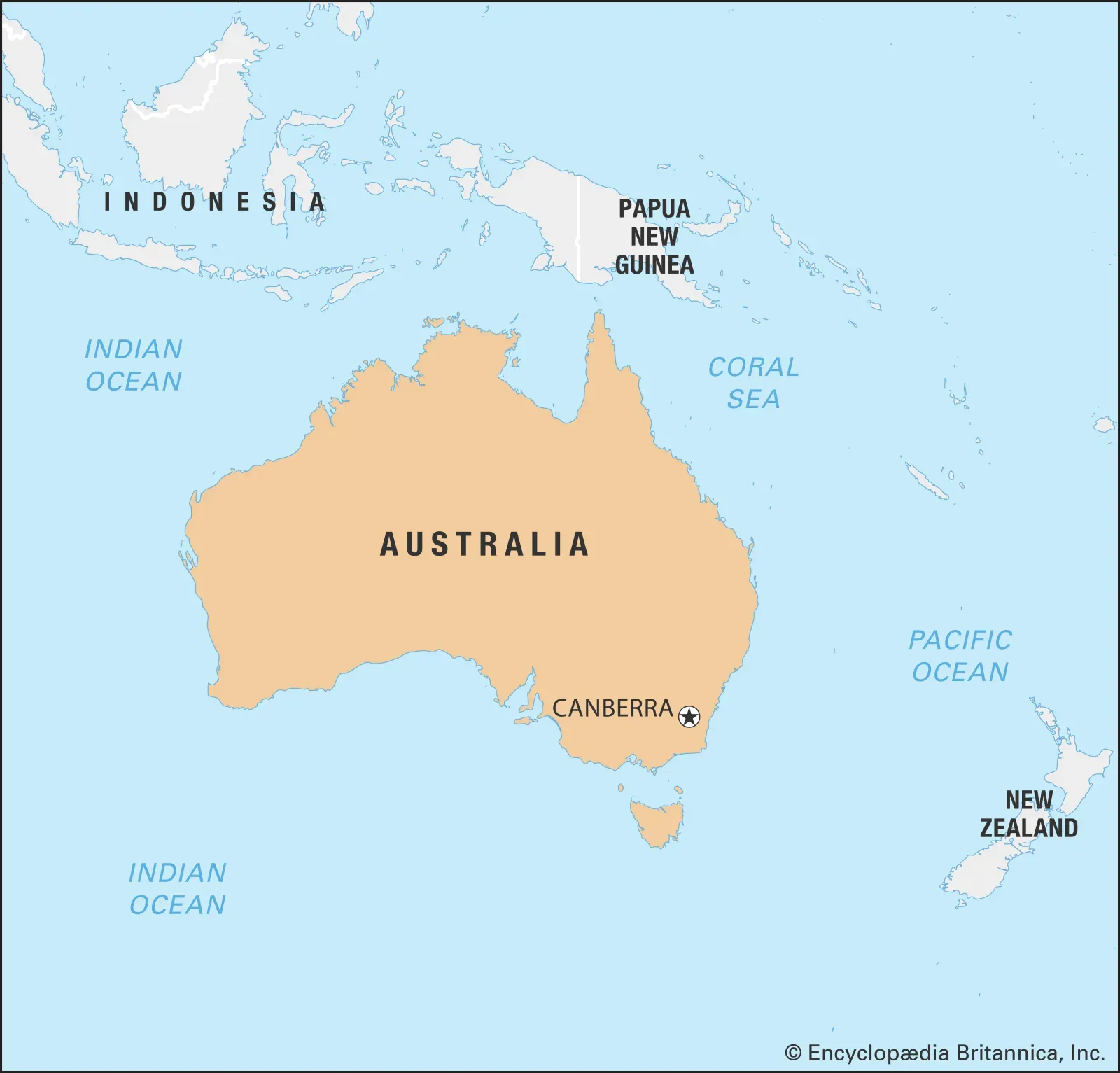Flags That Look Alike
Flags often feature similar colors, patterns, or symbols, leading to a resemblance between them. This likeness may arise from historical connections, cultural ties, or shared influences. For instance, the flags of Romania and Chad are nearly identical, differing slightly in shade. Nordic countries like Sweden, Norway, and Denmark share a similar cross design. Additionally, the flags of Indonesia and Monaco both have two horizontal stripes of red and white. Such similarities can cause confusion but also highlight interconnected histories.

When it comes to national flags, many countries have designs that can be easily mistaken for one another. These similarities can stem from shared historical influences, cultural ties, or even the use of similar colors and symbols. In this article, we will explore some of the most notable flags that look alike, providing insights into their similarities and differences.
Comparison of Similar Flags
The following table showcases some flags that are often confused due to their similar designs. This comparison highlights key elements such as color, symbols, and overall layout.
| Flag | Country | Key Features |
|---|---|---|
 |
Romania | Vertical stripes of blue, yellow, and red. |
 |
Chad | Vertical stripes of blue, yellow, and red; similar to Romania. |
 |
Colombia | Horizontal stripes of yellow, blue, and red; similar to the flag of Ecuador. |
 |
Ecuador | Horizontal stripes of yellow, blue, and red; features a coat of arms. |
 |
Italy | Vertical stripes of green, white, and red. |
 |
Mexico | Vertical stripes of green, white, and red; features a coat of arms in the center. |
Understanding the Similarities
Many flags with similar designs can be traced back to shared historical contexts. For example, the flags of Romania and Chad both feature blue, yellow, and red vertical stripes, a design that reflects the Pan-African colors. Despite their similarities, each flag represents distinct national identities and histories, which is essential to understand when discussing flags that look alike.
Another example is the flags of Colombia and Ecuador. Both flags share the same color scheme of yellow, blue, and red, but Ecuador's flag includes a coat of arms that distinguishes it from Colombia's simpler design. Understanding these elements can help in recognizing and appreciating the unique heritage that each flag embodies.
Flag Design Principles
When analyzing flags that look alike, it’s important to consider the principles of flag design. A well-designed flag should be simple, meaningful, and easily recognizable. The use of bold colors and clear symbols helps ensure that flags are distinguishable from one another, even at a distance.
For instance, the flags of Italy and Mexico may appear similar at first glance due to their vertical stripes of green, white, and red. However, the addition of the Mexican coat of arms provides a unique identifier that reflects the country's culture and history. This principle is crucial for nations as they strive to establish their identity through their flags while still being part of a broader regional or historical narrative.
Flag Confusion in International Events
During international events such as the Olympics, confusion can arise due to the similarities between flags. Athletes and spectators might mix up flags that look alike, which can lead to embarrassing situations. This highlights the importance of educating people about the flags and their meanings before such events take place.
For example, the flags of Romania and Chad have led to mix-ups in various sporting events. To avoid such confusion, organizers often provide additional context about the flags, ensuring that athletes are recognized correctly. This is particularly relevant in discussions surrounding referrerAdCreative, where visual representation matters significantly.
Conclusion
Understanding flags that look alike is not just about recognizing similarities; it’s also about appreciating the distinct identities they represent. Each flag tells a story that is woven into the fabric of a nation’s history and culture. By educating ourselves about these flags and their meanings, we can foster a greater appreciation for the diversity and richness of our world. The next time you encounter flags that look alike, take a moment to delve deeper into their backgrounds and celebrate their unique narratives.












